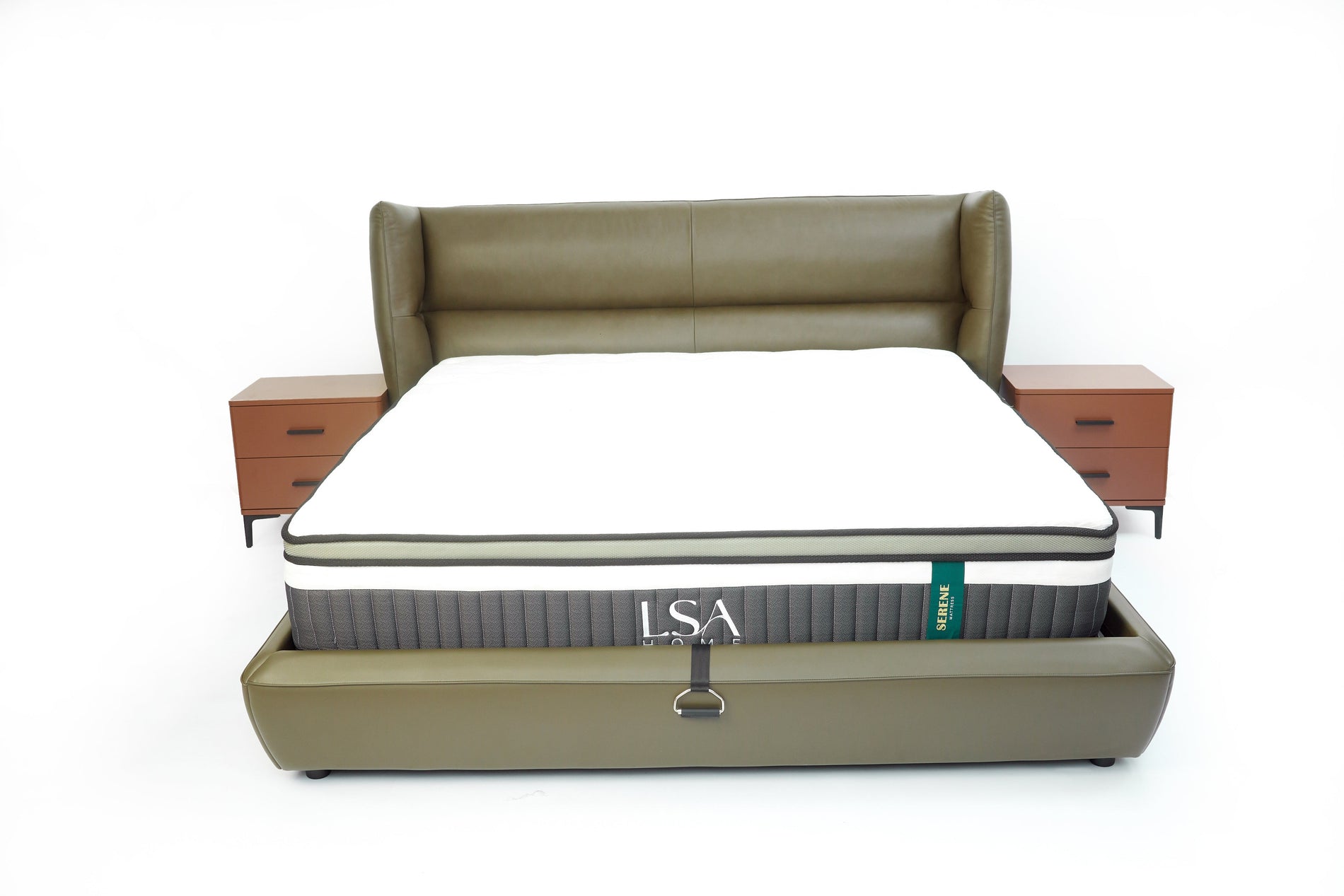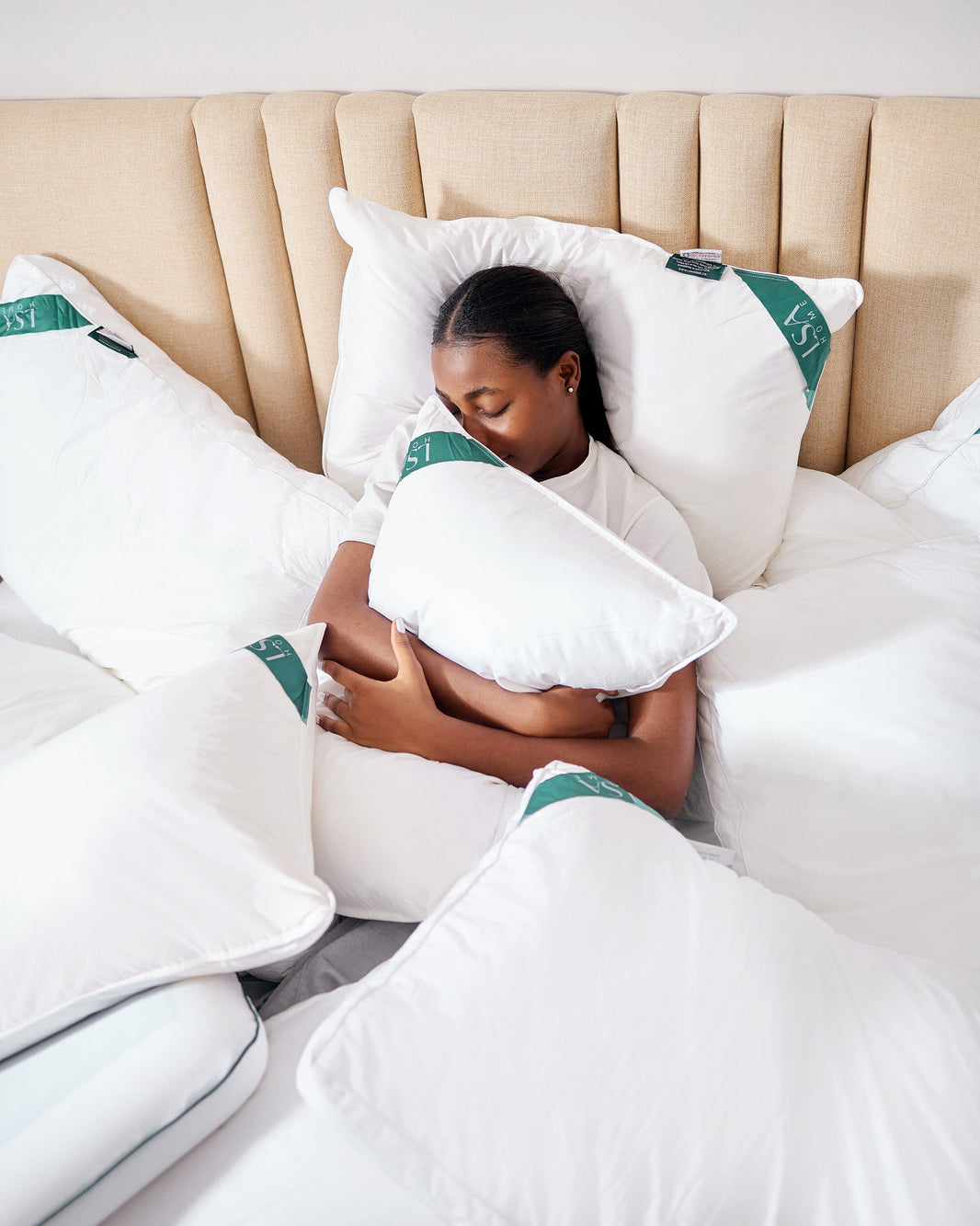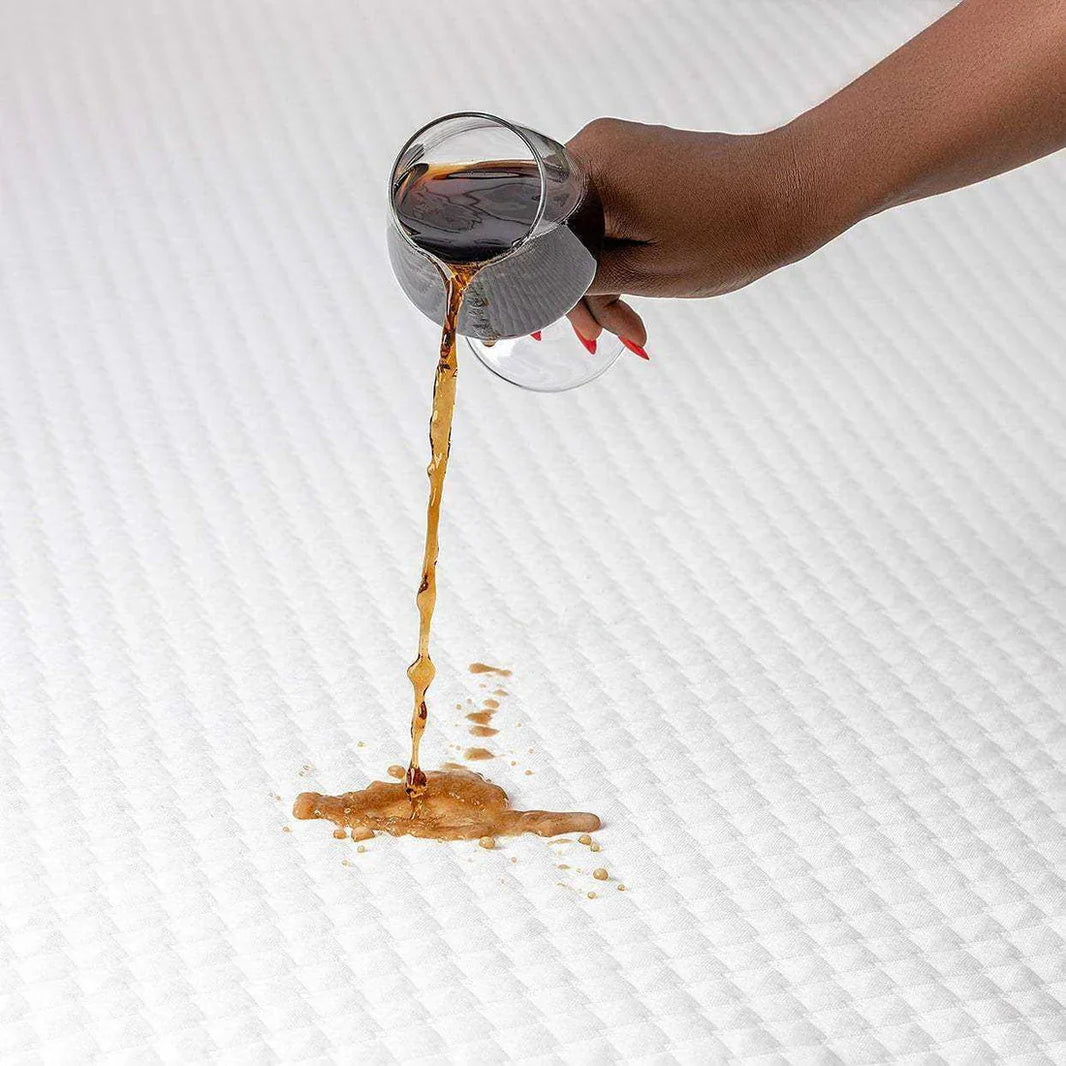Your Mattress: The Unsung Hero of Your Bedroom

Let’s be honest — most of us don’t think about our mattress until something goes wrong. A mysterious stain. A weird dip in the middle. That faint odor that smells suspiciously like "too many lazy Sundays in bed."
The truth is, your mattress does a lot of heavy lifting. It supports you for roughly a third of your life, it absorbs everything from sweat to snack crumbs, and yet, when was the last time you gave it some TLC?
Taking care of your mattress isn’t just about hygiene (although that’s a big part of it). It’s about preserving comfort, extending its lifespan, and ensuring every night feels like a luxury hotel stay — even if you’re just at home.
The Mattress Care Rulebook
1. Rotate and Flip — Yes, Your Mattress Needs Exercise Too
Think of rotating your mattress like rotating your car tires. It helps distribute wear and tear evenly, so you don’t end up with that annoying sunken spot right where you sleep. If you’ve only been sleeping on "your side" of the bed for years, your mattress probably has a personal dent in your shape. Time to rotate.
- Rotating: 180 degrees, head to foot.
- Flipping: Only if your mattress is double-sided (most modern ones aren’t, so check first).
Pro Tip: Rotate every 3-6 months — set a calendar reminder if you tend to forget.
2. Use a Mattress Protector — It’s Like Insurance for Your Bed
You wouldn’t buy an expensive sofa and skip the fabric protection spray, right? Same logic applies to your mattress. A good protector shields against sweat, spills, dust mites, and even allergens. If you’ve ever had breakfast in bed (or let your toddler bring a juice box to storytime), you know why this matters.

Choose: Waterproof, breathable, and machine-washable protectors for the best balance of comfort and protection.
3. Let It Breathe — Mattresses Need Fresh Air Too
Every time you change your sheets, give your mattress some fresh air therapy. Pull off all bedding and let it breathe for at least an hour. This helps release trapped moisture from sweat and humidity. Your mattress is like a sponge — and you know what happens when sponges stay damp for too long.
If the weather’s nice, open your windows to invite in some natural ventilation.
4. Vaccum Like You Mean It
You vacuum floors, sofas, and curtains — so why not your mattress? Even with a protector, your mattress collects dust, skin cells, and microscopic invaders.
If you suffer from allergies, this is non-negotiable.
How: Use the upholstery attachment on your vacuum and go over the entire surface, especially seams and edges, every 2-3 months.
5. Spot Clean Spills — Fast Action Saves the Day
Spills happen — from late-night tea mishaps to that over-enthusiastic glass of wine. The key is acting fast before stains sink deep. Don’t drench your mattress in water or cleaning products — too much moisture = breeding ground for mold.
- Blot (don’t rub) with a clean cloth.
- Use a gentle cleaner — mild soap or a mix of vinegar and water works wonders.
- Let it dry completely before putting the bedding back on.
6. Support Your Mattress — No Saggy Bases Allowed

The mattress isn’t working alone — your bed frame or foundation plays a crucial role. A saggy, broken, or poorly sized base means your mattress is fighting an uphill battle.
That Instagram-worthy bed frame? If it’s not giving even support across the mattress, you’ll feel the difference (and not in a good way).
Best Practice: Follow the mattress manufacturer’s recommendation for base types — slats, platform, or box spring.
7. Change Your Sheets Regularly — Hygiene 101
This one’s obvious, but still worth repeating. Fresh sheets not only feel better, they also protect your mattress from oils, sweat, and skin cells that build up over time.

If you can’t remember the last time you changed your sheets, this is your sign.
Aim for: Every 1-2 weeks, more often if you have allergies, pets, or love snacking in bed.
8. Sunlight Is a Natural Sanitizer
Whenever possible, let sunlight hit your mattress — UV rays naturally kill bacteria and freshen fabrics. It’s like a spa day for your mattress. If you have a sunny room, simply pull back your curtains when airing out the bed.
9. Know When It’s Time to Say Goodbye
Even with the best care, mattresses don’t last forever. After 7-10 years (sometimes sooner if it’s lower quality), comfort and support start to fade.
If you wake up sore, notice lumps, or sleep better in hotels, your mattress is dropping hints.
The Bottom Line: Treat Your Mattress Like the Investment It Is
Your mattress isn’t just furniture — it’s where you rest, recharge, and recover. A little regular care goes a long way toward keeping it fresh, supportive, and as inviting as the day you brought it home. Because when your mattress is happy, you sleep better — and when you sleep better, everything else gets better too.








